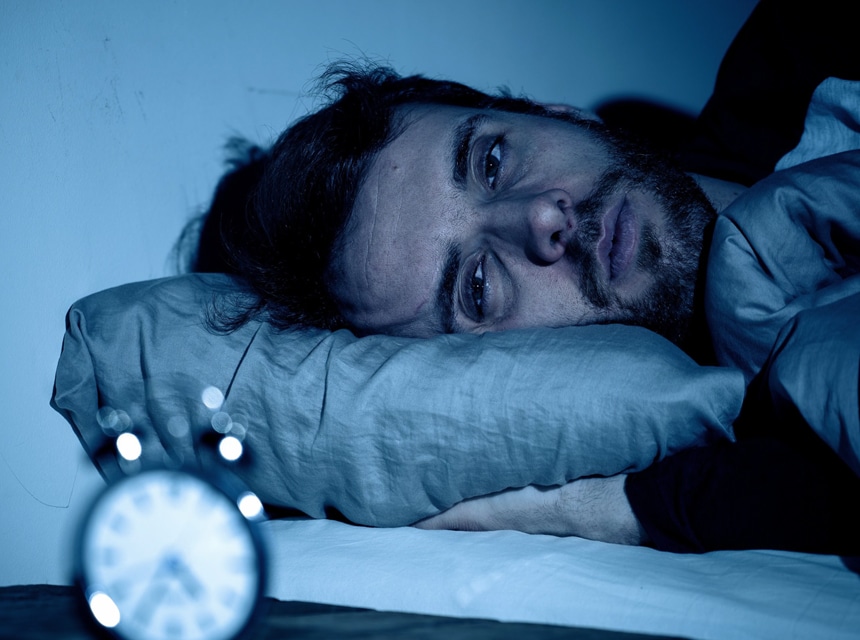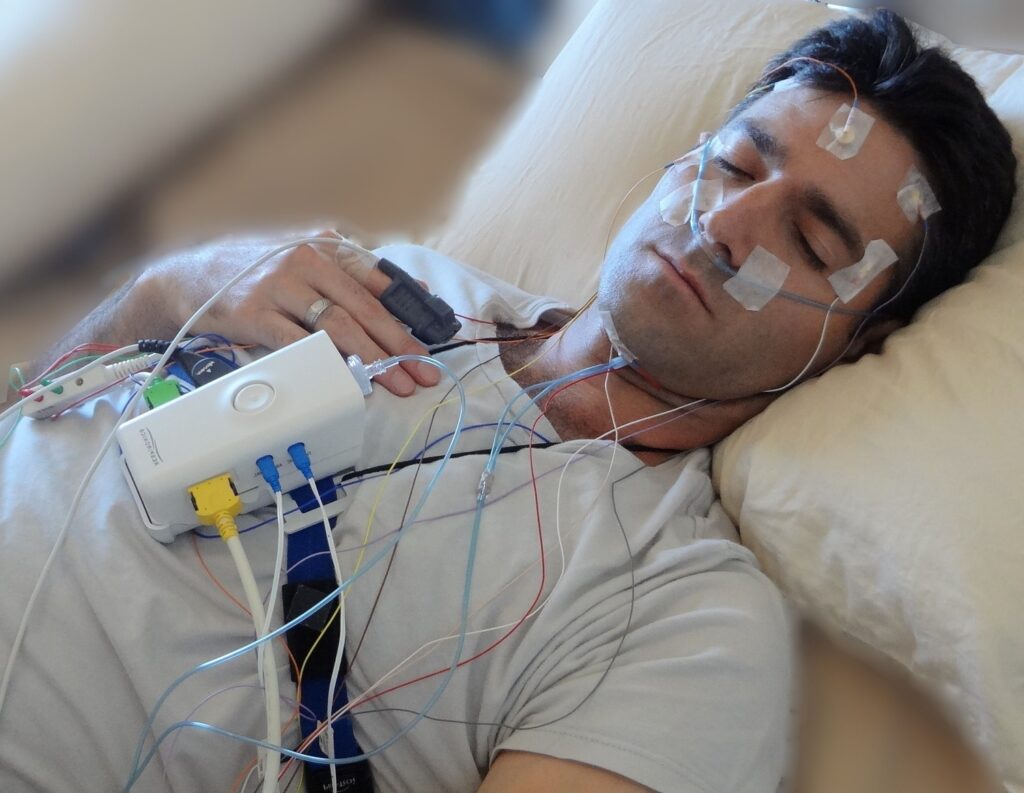

José María Martín-Olalla from the University of Seville recently conducted a study about the effects of the biannual change of clocks and the retrospective and physiological impact of canceling daylight saving time. He concluded that early morning human activity would increase during the winter periods if people maintained the same time throughout the year. There would, however, be potential health repercussions.
According to the BBC Trusted Source Why do we turn the clocks back? - BBC Bitesize Winter is well and truly coming, which can only mean one thing: the clocks are going back. www.bbc.co.uk , Daylight Saving Time is the concept of changing the clocks during summer so that they are one hour ahead. This then ensures that people wake up earlier than usual and have more time in the sun. The clocks are then changed back to normal around October in preparation for the winter months.
Scientists have been trying to analyze the impact of changing clocks on various human social life and physiology elements. Some of these studies have shown that this practice is harmful and should be abolished. However, there hasn’t been enough scientific proof or analysis of the consequences that would be brought about by the cancellation of this practice.

Martín-Olalla supported this argument by explaining that one of the reasons the UK has maintained the perfect alignment is due to their continued daylight saving time practice, as well as other preferences and social factors. And, from a chronological point of view, this alignment is optimal. In Germany, on the other hand, human activity started earlier in the day due to the lack of daylight saving time for more than 3 decades. This is because their summer starts one hour earlier than in the UK. During winter, this early rising still resulted in human activity during the morning hours due to artificial light.
This is a critical factor that should be considered when analyzing the risks of daylight saving time. Even though the British are exposed to this practice along with the associated risks twice a year, Germans have been starting the daily activities early in the morning when it’s still dark and are exposed to the risk that comes along with it. American daily rhythms were also tested against those of Germany, and the results were still the same. According to NCSL Trusted Source Daylight Saving Time | State Legislation The daylight saving time (DST) period in the U.S. begins each year on the second Sunday in March when clocks are set forward by one hour. www.ncsl.org , the practice of daylight saving time in the US started as early as the beginning of the 20th century.
According to Professor Martín-Olalla, more people would be willing to wake up and start work early during spring-summer. He extrapolated this to our times and supported this by arguing that the population would be willing to wake up earlier if dawn seemed to start early. Martín-Olalla also highlighted that even though early rising during winter is not physiologically optimal, if daylight saving time persisted, it would result in increased human activity in early mornings.
He pointed out that no alternative is better than the other or free of risks. This is because we live in a modern society where the social life of people is largely governed by their schedules. He also highlighted that daylight saving time is only effective in alighting the start of a workday with dawn and regulating human activity based on the season.
This study was published in the journal Chronobiology International.





